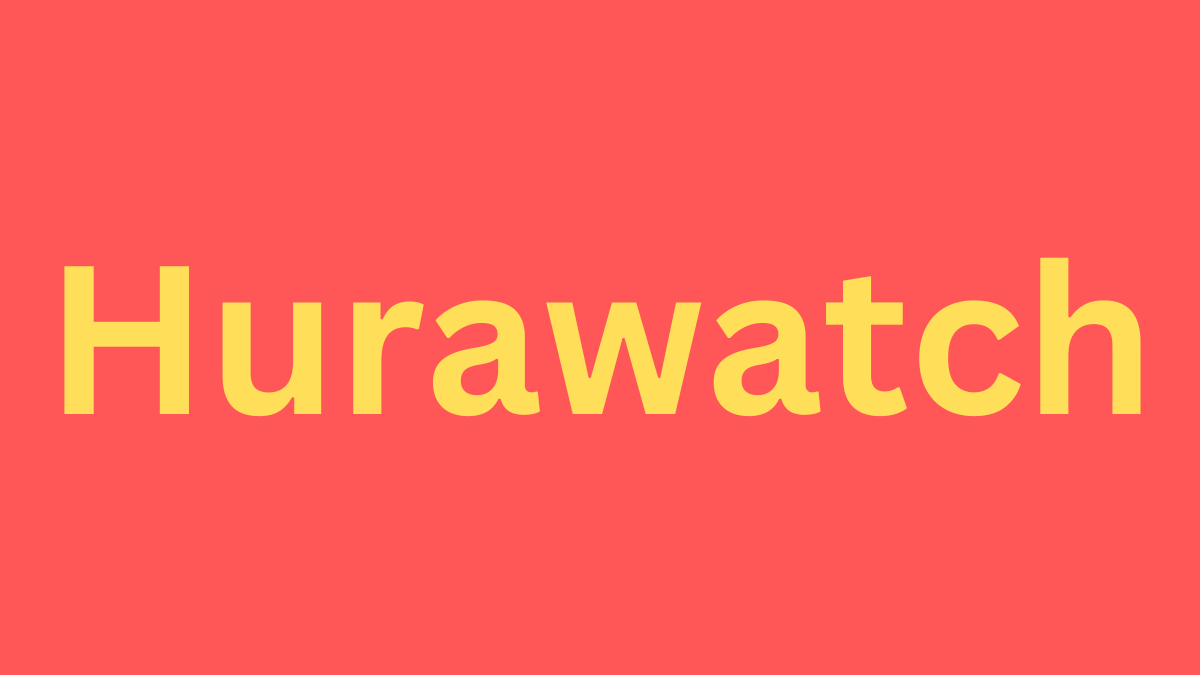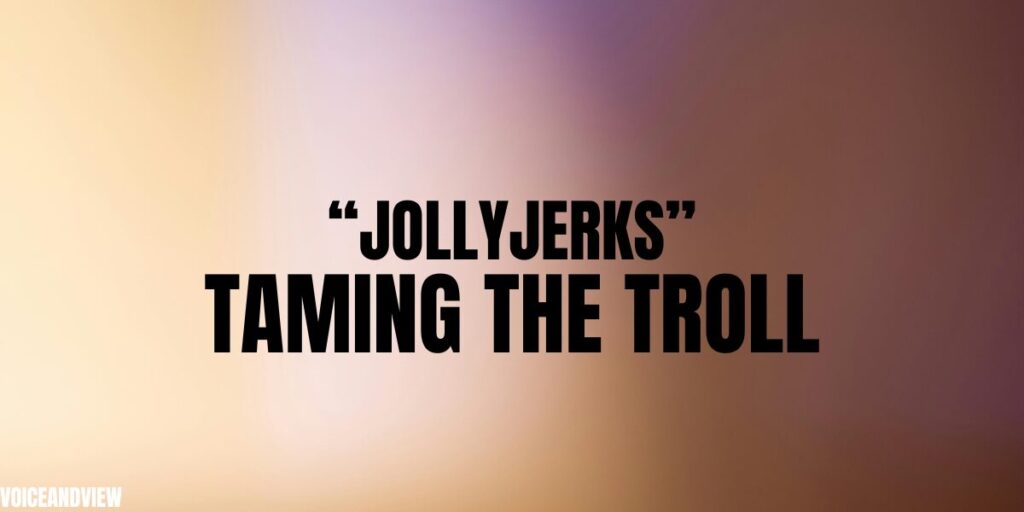Clipart has become an essential resource in various fields, from education and marketing to web design and personal projects. Among the vast range of clipart images available, brain illustrations hold a unique place due to their versatile applications in communicating complex ideas related to cognition, intelligence, and creativity. This article explores the significance of brain clipart, its usage across different industries, and how to effectively incorporate these images into your projects.
The Importance of Brain Clipart
Visual Communication in the Digital Age
In the digital age, visual communication has become a powerful tool for conveying messages quickly and effectively. Whether in presentations, websites, or educational materials, images help to engage audiences, simplify complex concepts, and enhance understanding. Brain clipart, in particular, serves as a universal symbol of intelligence, thought processes, and mental activity, making it an invaluable resource in various contexts.
The Symbolism of the Brain Image
The brain is often used as a symbol for intellect, creativity, and knowledge. Its representation in clipart can vary from realistic depictions to more abstract or stylized versions, depending on the intended message. This versatility allows brain clipart to be used in a wide range of settings, from academic presentations to marketing campaigns focused on innovation and problem-solving.
Enhancing Educational Materials
In educational contexts, clipart:ee-zgj_h1oc= brain can be used to illustrate concepts related to psychology, neuroscience, learning, and cognitive development. For example, a teacher might use brain clipart in a presentation about the functions of different brain regions or to visually represent the concept of critical thinking. These images can help make abstract ideas more tangible and accessible to students.
Applications of Brain Clipart in Various Industries
Utilising Brain Clipart in Marketing
Brain clipart is not only limited to educational purposes; it also has significant applications in the world of marketing. Businesses that focus on technology, innovation, or professional development often use brain illustrations to symbolise creativity, intelligence, and forward-thinking. These images can be incorporated into logos, advertisements, and social media graphics to convey a message of intellectual leadership.
Branding and Identity
For companies that want to position themselves as thought leaders or innovators, brain clipart can play a crucial role in branding. A well-designed brain illustration can become a memorable part of a company’s logo or visual identity, helping to communicate its core values and mission. For instance, a consulting firm specialising in strategic thinking might use brain clipart in its branding to emphasise its expertise in cognitive processes.
Creating Engaging Content
Content creators often face the challenge of making complex topics interesting and accessible to a broad audience. Brain clipart can be an effective tool for this purpose. Whether used in blog posts, infographics, or video content, these images can help break down complicated ideas and make them more relatable. For example, an article on creative problem-solving might include brain clipart to visually represent different cognitive strategies.
The Role of Brain Clipart in Health and Wellness
In the health and wellness industry, brain clipart is frequently used to highlight mental health topics, such as mindfulness, cognitive function, and mental fitness. Healthcare providers, therapists, and wellness coaches may use these images in their brochures, websites, and educational materials to promote mental well-being. Brain clipart can also be used in awareness campaigns, emphasising the importance of mental health care and self-care practices.
Selecting the Right Brain Clipart for Your Project
Factors to Consider When Choosing Clipart
When selecting brain clipart for your project, it’s important to consider several factors to ensure that the image aligns with your message and audience. The style, colour scheme, and level of detail are all critical elements that can influence how the clipart is perceived.
Style and Aesthetic
Brain clipart comes in various styles, from realistic and detailed images to minimalist and abstract designs. The style you choose should complement the overall aesthetic of your project. For example, a detailed, anatomically accurate brain illustration might be suitable for a medical presentation, while a more abstract or stylised version could be ideal for a creative marketing campaign.
Colour Scheme
The colour scheme of your brain clipart can significantly impact its effectiveness. Bright, vibrant colours might be appropriate for a lively, engaging presentation, while more subdued tones could be better suited for a professional or academic setting. Additionally, the colour of the brain clipart should harmonise with the overall colour palette of your project to create a cohesive visual experience. baby:91jr2ozelcq= puppies
Level of Detail
The level of detail in brain clipart can range from simple, outline-based drawings to intricate images that include the different parts of the brain. The amount of detail you choose should match the needs of your project. For instance, a simple outline might be perfect for a minimalist design, while a detailed image showing the brain’s anatomy might be necessary for educational purposes.
Incorporating Brain Clipart into Digital Content
Best Practices for Using Clipart in Digital Media
Using brain clipart in digital content requires careful consideration to ensure that the image enhances rather than detracts from the overall message. Here are some best practices to follow when incorporating brain clipart into your digital projects.
Placement and Composition
The placement of brain clipart in your digital content is crucial for maintaining visual balance and drawing attention to the right areas. Avoid overcrowding your design with too many images or placing clipart in areas that compete with the main content. Instead, use brain clipart to highlight key points or as a focal element in your layout.
Optimising for Web Use
When using brain clipart on websites or digital platforms, it’s essential to optimise the image for web use. This includes ensuring that the file size is appropriate to prevent slow loading times and that the image resolution is high enough for clarity but not so large that it affects performance. Additionally, consider using vector-based clipart, which can be scaled without losing quality, making it a versatile choice for different screen sizes.
Ensuring Accessibility
Accessibility is a crucial consideration when using brain clipart in digital content. Ensure that the images you choose are accessible to all users, including those with visual impairments. This can be achieved by providing descriptive alt text for each clipart image, which allows screen readers to convey the content of the image to visually impaired users. Alt text should be concise yet descriptive, explaining the significance of the brain clipart in the context of the surrounding content.
Creating Custom Brain Clipart
When to Consider Custom Illustrations
While there are countless brain clipart options available online, there are times when a custom illustration might be necessary to meet the specific needs of your project. Custom brain clipart allows for complete creative control, ensuring that the image aligns perfectly with your branding, message, and aesthetic.
Working with a Designer
If you decide to create custom brain clipart, collaborating with a professional designer is often the best approach. A skilled designer can bring your vision to life, creating an illustration that is unique, on-brand, and tailored to your project’s requirements. When working with a designer, be clear about your objectives, preferred style, and any specific details you want to be included in the design.
DIY Brain Clipart
For those with design skills, creating your own brain clipart can be a rewarding and cost-effective option. Numerous design tools, such as Adobe Illustrator or free online platforms like Canva, allow you to create custom clipart from scratch. This option provides full creative freedom and allows you to produce a truly unique image. However, it’s essential to ensure that your DIY clipart maintains a high level of quality and professionalism, especially if it’s being used in a commercial or public-facing project.
Sourcing High-Quality Brain Clipart
Where to Find the Best Clipart Resources
When looking for brain clipart, it’s important to source images from reputable platforms that offer high-quality, legally compliant illustrations. Several websites provide extensive libraries of clipart, ranging from free resources to premium collections.
Free Clipart Resources
There are many websites where you can find free brain clipart, suitable for non-commercial projects or personal use. Websites like Pixabay, Openclipart, and Unsplash offer a wide range of free images, including brain illustrations. While these platforms provide convenient access to clipart, it’s important to review the licensing terms to ensure that the images can be used for your intended purpose.
Premium Clipart Collections
For commercial projects or when you need a wider selection of high-quality images, premium clipart collections might be the better option. Websites like Shutterstock, Adobe Stock, and iStock offer extensive libraries of professionally designed brain clipart. These platforms provide images with higher resolution, more detailed designs, and commercial licenses, making them ideal for professional use.
Evaluating Clipart Quality
When choosing brain clipart, it’s essential to evaluate the quality of the image to ensure it meets the standards of your project. Look for crisp, clear lines, consistent style, and appropriate resolution. Avoid clipart that appears pixelated, overly compressed, or lacks clarity, as these issues can detract from the professionalism of your content.
Conclusion
Brain clipart is a powerful visual tool that can enhance a wide range of projects, from educational materials to marketing campaigns. Its versatility and symbolic significance make it a valuable resource for conveying ideas related to intelligence, creativity, and mental activity. By understanding how to select and use brain clipart effectively, you can create engaging, visually appealing content that resonates with your audience.
Whether you’re sourcing images from online libraries or creating custom illustrations, always consider the style, detail, and context in which the clipart will be used. By following best practices and ensuring accessibility, you can maximise the impact of brain clipart in your digital and print projects, making your content more compelling and accessible to a broader audience.




